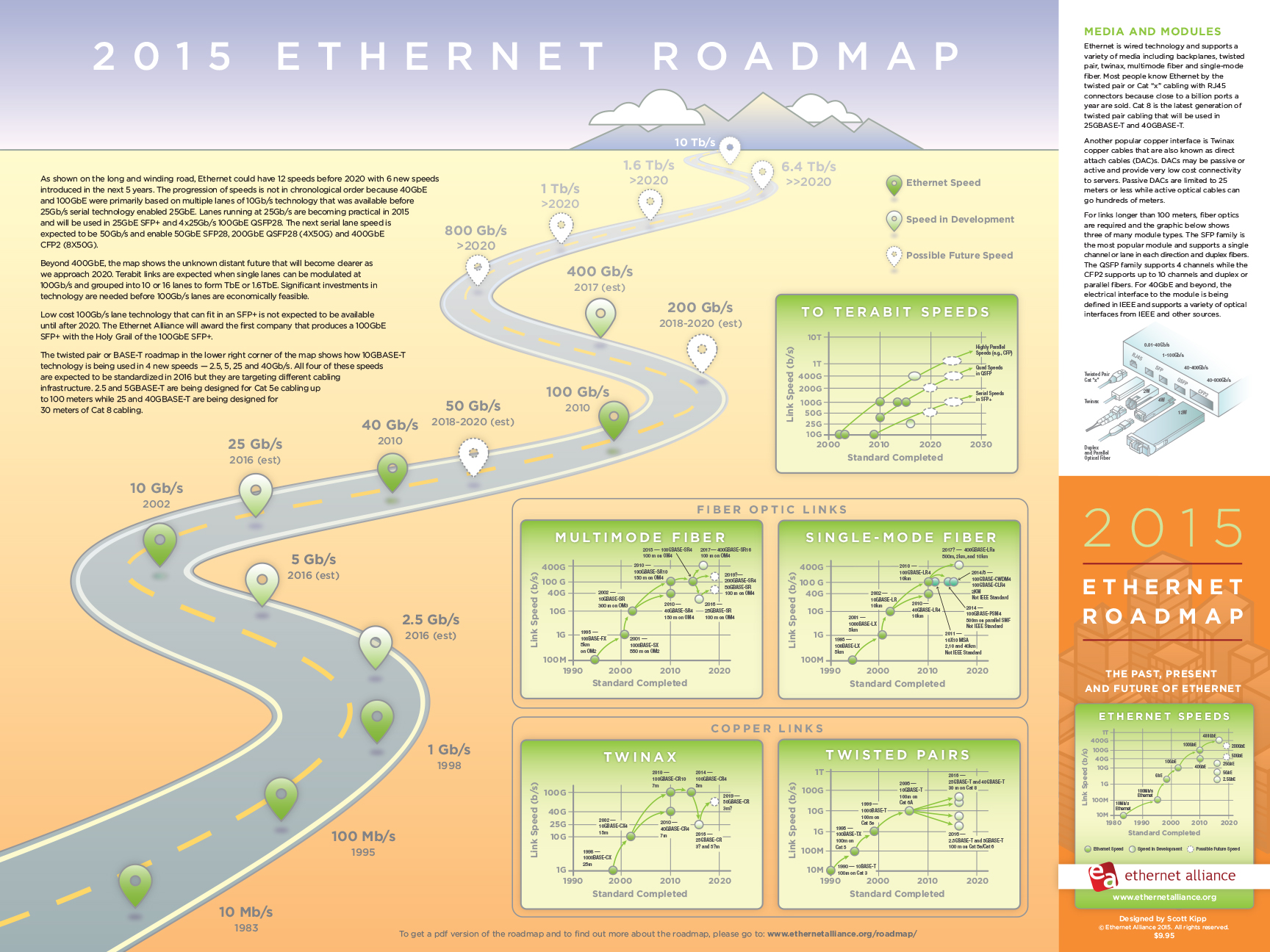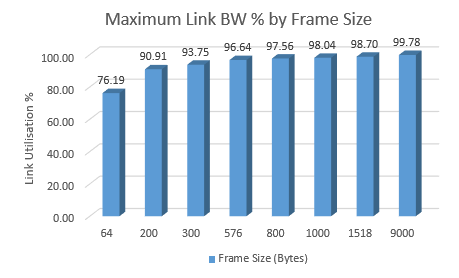Does your Wave2 AP need NBase-T?
Cisco recently launched the 2800 and 3800 series 802.11ac wave-2 access points. The 3800 Datasheet quotes a theoretical maximum throughput of 5.2Gbps when operating in Dual 5GHz radio mode (2 x 2.6Gbps). If you ran two cables to your AP you could use the second ethernet port to create a 2 x 1Gbps LAG. However there is still some debate about whether 2Gbps of throughput is sufficient for a single-radio Wave2 AP. Some companies may not be willing to invest the time and expense…

